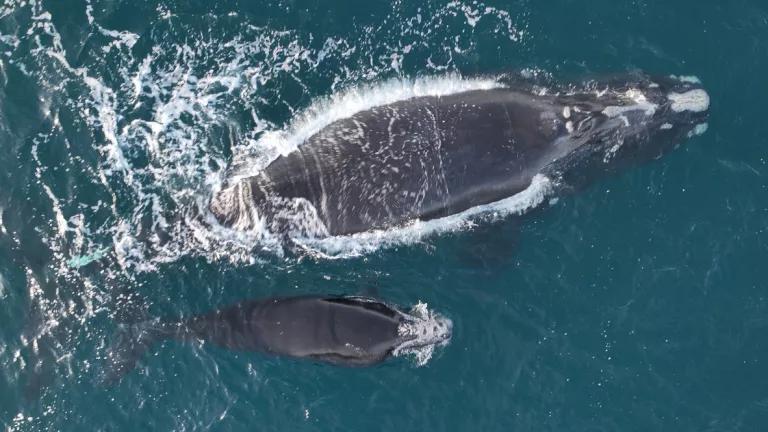
About 100,000 coyotes, bobcats, foxes, wolves, bears, and mountain lions are killed each year by Wildlife Services, a U.S. Department of Agriculture program. Much of this lethal control is justified, in part, by economic analyses that are often incomplete, and sometimes incorrect. This paper provides for the first time, an evaluation of the economic analyses used by Wildlife Services for predator management and sets forth recommendations to improve these analyses.
Economic analyses of predator control done by Wildlife Services are often incomplete and sometimes incorrect because they (1) are inconsistent with economic analysis guidelines used by most federal agencies, and (2) omit the economic values to society that are lost when large numbers of predators are killed, especially in the case of wolves, a species with well documented ecological value, well documented economic value, and for which great effort at great expense was taken to recover the species.
Worse, according to the U.S. General Accounting Office (the agency responsible for ensuring our federal tax dollars are spent wisely), there has never been an independent study of the costs and benefits of Wildlife Services' activities, which are largely paid for by our federal tax dollars. This evaluation answers that implicit call for an independent economic assessment of Wildlife Services' use of economic analysis.




